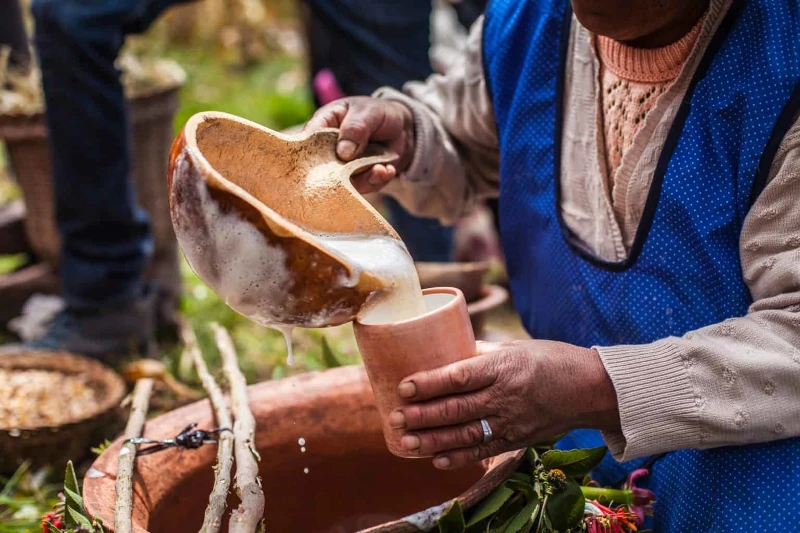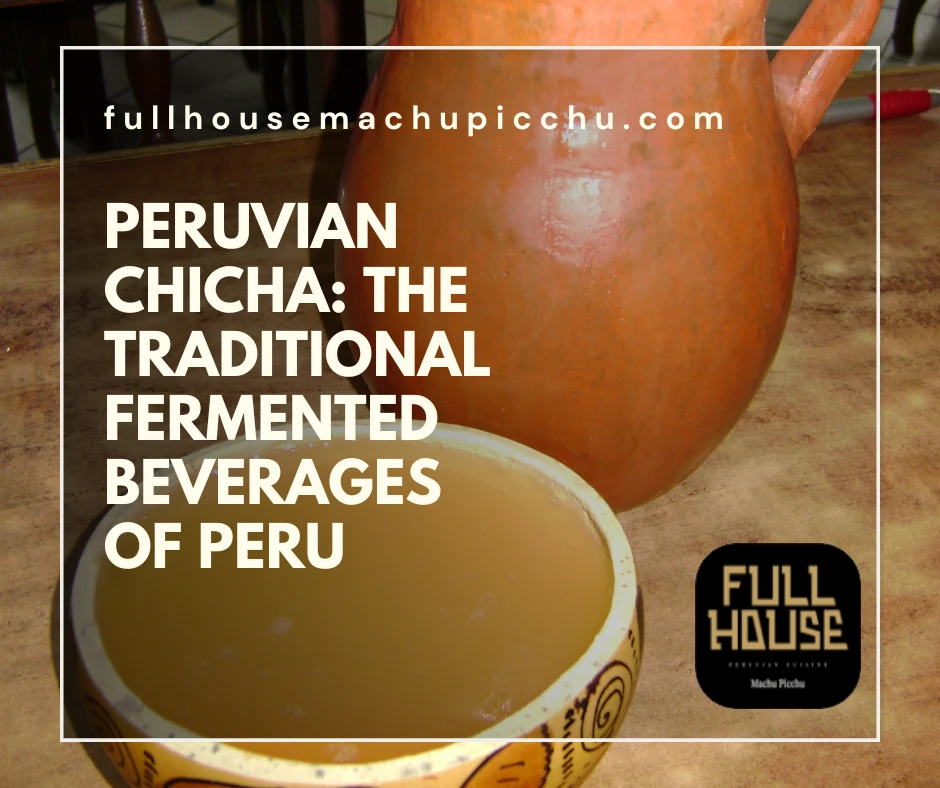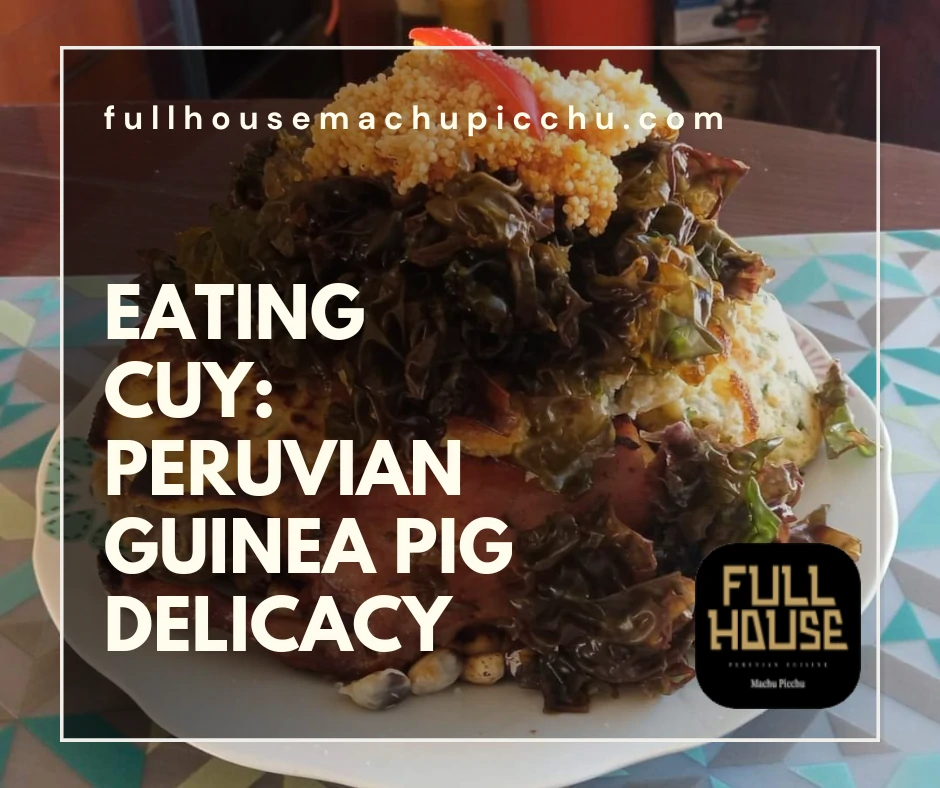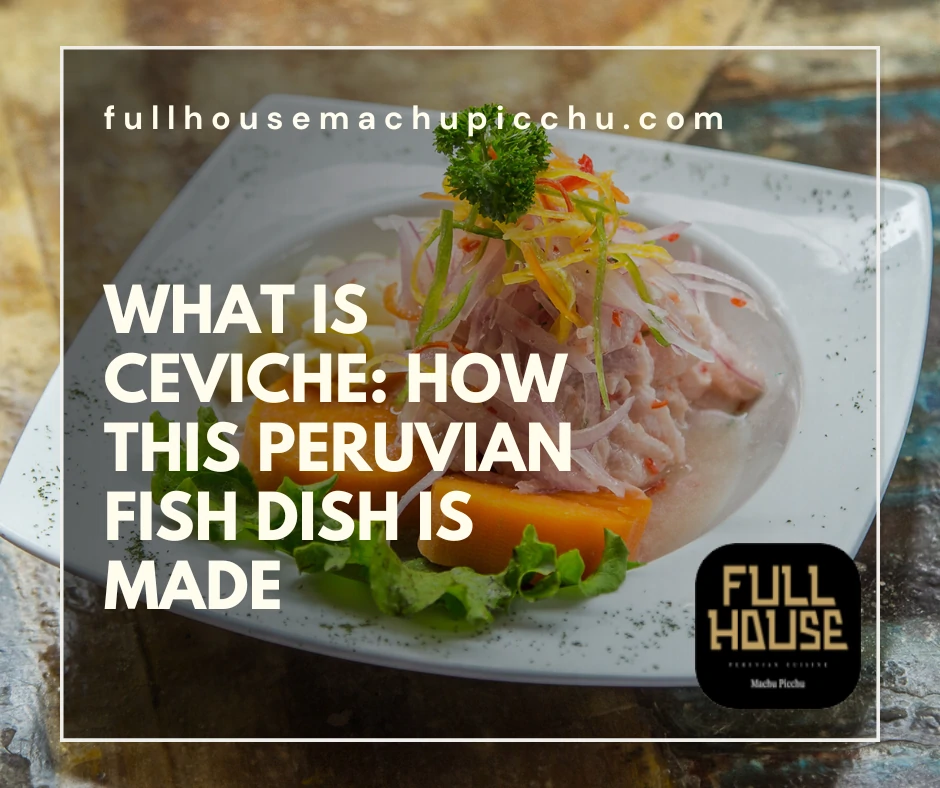In the vibrant tapestry of Peru’s rich cultural heritage, there exists a distinct thread that has weaved its way through the generations, interlacing history, tradition, and communal bonds. This thread is the traditional Peruvian drink known as Chicha. Often associated with festivities, rituals, and everyday life, Chicha has maintained a significant place in the Peruvian cultural identity. This beverage, with its unique brewing methods and diverse ingredients, is not just a drink, but a testament to the enduring spirit of the Peruvian people and their ancestral legacy.
In this article, we take a deep dive into the fascinating world of Peruvian Chicha. We explore its historical roots, traditional preparation methods, cultural significance, and the varied forms it takes across different regions of Peru. Whether you are a cultural enthusiast, a history buff, or a connoisseur of fermented beverages, join us on this journey as we unravel the story of Chicha, the traditional fermented beverage of Peru.
The historical roots of Chicha: From ancient civilizations to modern Peru
Chicha’s tale begins with ancient Peruvian civilizations. Archaeologists have found evidence dating back thousands of years. It’s a testament to Chicha’s enduring presence in Peru’s culture.
Interestingly, Chicha is not a single beverage. It refers to a range of fermented Peruvian drinks. These beverages are traditionally made from different base ingredients. The most common one is maize, or Peruvian corn.
Additionally, the process of making Chicha is deeply rooted in tradition. It involves the germination of maize kernels. This is followed by boiling and fermenting the result. The process takes several days.
Furthermore, Chicha was highly significant in pre-Columbian times. It played a vital role in religious rituals and ceremonies. It was also an essential part of daily life.
When the Spanish colonized Peru, they brought their own alcoholic beverages. However, Chicha retained its place in the cultural fabric. It adapted and evolved, but never disappeared.
In fact, Spanish influence led to the creation of new Chicha variants. These included Chicha de Jora and Chicha Morada. The former uses germinated yellow maize. The latter, purple corn.
Today, Chicha remains a popular beverage in Peru. It can be found in both urban and rural areas. It’s also gaining recognition globally. This is thanks to Peru’s burgeoning gastronomy scene.
Chicha’s journey mirrors Peru’s history. It embodies the resilience and adaptation of Peruvian culture. Despite changes over time, it remains a link to the past. Chicha stands as a tangible representation of Peru’s rich heritage.

Brewing tradition: The process and ingredients of authentic Chicha
The brewing of Peruvian Chicha is a captivating process. It’s a blend of time-honored tradition, patience, and local ingredients. Therefore, this results in a drink brimming with cultural significance.
The primary ingredient in Chicha is maize. This could be yellow, white, or purple corn. Other ingredients include fruits, spices, or grains. These depend on regional preferences and the specific variant being brewed.
Additionally, the traditional brewing process is quite involved. It begins with soaking and sprouting the corn. This stage, called malting, takes about one week.
The sprouted corn is then ground into a paste. The paste is mixed with warm water. It’s left to ferment for a few days. This creates a mash called “chicha madre”.
Strained chicha madre forms the base of the drink. It’s boiled with water, sugar, and additional flavors. This mixture is left to ferment again. Thus, this second fermentation develops the distinctive taste and alcohol content.
In rural areas, Chicha is often brewed at home. It’s a communal activity, bringing families and neighbors together. In cities, it’s typically produced in chicherias, small traditional breweries. Chicha is usually served fresh, soon after brewing. This is because it has a short shelf life. It’s typically consumed within a day or two of being made.
Nonetheless, not all types of Chicha follow the aforementioned steps. For example, the colorful Chicha Morada just requires the corn to be boiled in water for around 30 minutes.
In essence, the process of making Chicha is a labor of love. It’s a journey that requires time, skill, and respect for tradition. The result is a drink that encapsulates the essence of Peru’s vibrant culture.
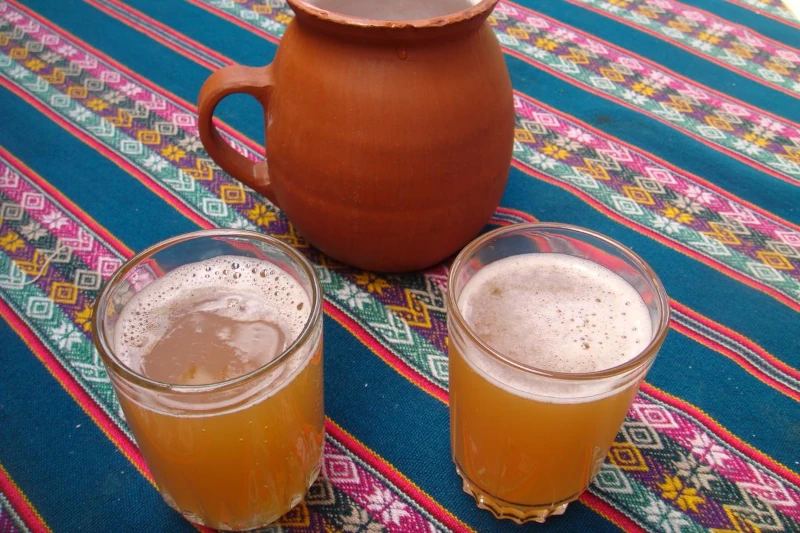
Beyond the drink: The cultural significance of Chicha in Peru
Chicha is not just a beverage in Peru. It’s a symbol of history, tradition, and the enduring spirit of indigenous cultures. Its cultural significance transcends the simple act of drinking.
Chicha was important in pre-Columbian societies. It was used in religious rites and offerings to the gods. Thus, it played a central role in communal events and celebrations.
Spanish conquest altered Peru’s landscape, but Chicha’s cultural role remained intact. It even adapted to incorporate European influences. This resilience speaks volumes about its significance.
Modern Peru still reveres Chicha. It’s consumed at various social and family gatherings. It is often seen at festivals, weddings, and religious events.
Chicha also influences Peruvian cuisine. It’s used in various dishes and Peruvian sweets. Purple corn Chicha, or Chicha Morada, is used to make mazamorra, a popular Peruvian dessert.
Despite urbanization, the traditional Chicherias continue to thrive. These establishments are community hubs. They are a testament to Chicha’s integral role in social cohesion.
In rural areas, the Chicha brewing process fosters community bonds. It’s a collective effort, reflecting the communal spirit of Peru’s people. Thus, the process itself becomes a social event.
Furthermore, Chicha even influences Peruvian music. Chicha music, a fusion genre, is named after the beverage. It reflects the multicultural diversity of Peru.
Thus, Chicha is more than a drink. It’s a thread that weaves through Peru’s history and culture. It embodies the resilience and adaptability of the Peruvian people. Its story is a reflection of Peru itself.
